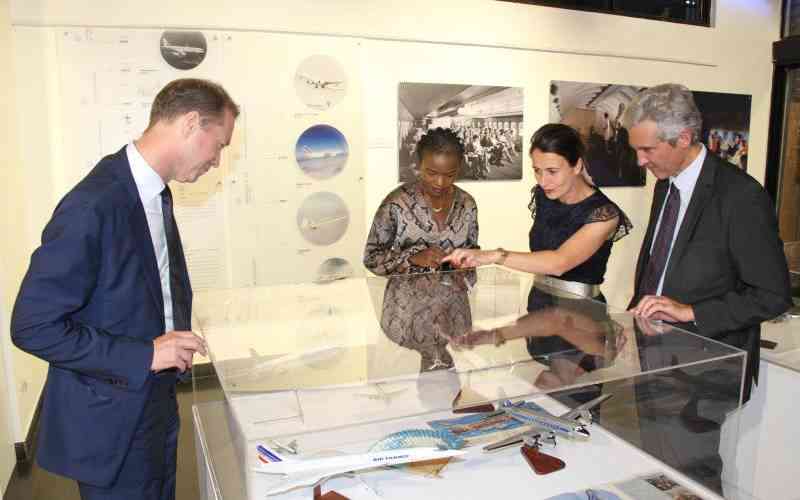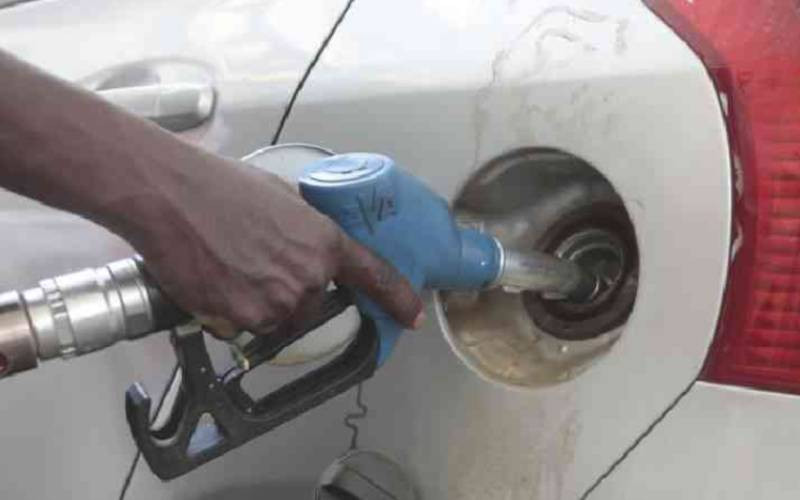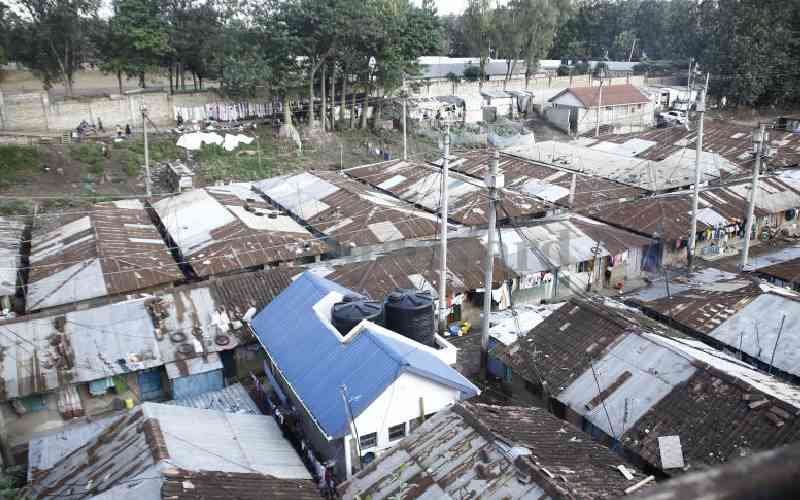
The aviation industry often reflects the broader state of the global economy. As such, it can serve as a bellwether; signaling either an impending upswing or forewarning of economic headwinds. Following the Covid-19 pandemic, the industry experienced a robust recovery, with international travel rebounding sharply.
According to International Air Transport Association (IATA) Director General Willie Walsh, “strong employment and easing inflation are expected to push airline revenues up to 1.3 per cent compared to last year”. However, despite this optimistic outlook, there are significant challenges that could temper the industry’s performance in 2025. Two in particular may affect the global aviation industry this year.
First, escalating trade tensions, particularly stemming from US President Donald Trump’s renewed reciprocal tariffs, pose a looming threat. As Reuters reports, “Trump’s sweeping tariffs have stoked fears of an economic slowdown and squeezed discretionary spending, prompting many consumers, especially in the US, to delay or scale back travel plans.”
Second, global aircraft delivery delays, compounded by ongoing supply chain constraints for service parts, continue to disrupt airline operations. These issues have left many airlines struggling to meet growing passenger demand, often resulting in higher operating costs and flight cancellations. Reuters report that “carriers are forced to keep older jets in service or pay more for the dwindling number of spare parts.” Walsh calls these delays “off-the-charts-unacceptable,” expressing frustration across the industry.
In Africa, the outlook is particularly challenging. IATA forecasts the continent’s airlines will post the lowest profitability globally in 2025, with an average net profit margin of just 1.1 per cent. The region’s growth is hindered by aircraft shortages, spare parts unavailability and foreign currency constraints in key markets such as Nigeria and Zimbabwe.
Ethiopian Airlines CEO Mesfin Tasew Bekele sheds light on the issue: “We are receiving airplanes from both Boeing and Airbus, but delivery has been delayed - some by three months, others by six months or more.” The airline reportedly has multiple grounded aircraft due to maintenance delays, including three Boeing 787s awaiting Rolls-Royce engines and five turboprops stalled by a shortage of Pratt & Whitney engines. “Normally, engines are supposed to be repaired and returned within three months, but now it takes six months or more,” Bekele notes.
Closer home, Kenya Airways is not immune to these pressures. The national carrier operates nine Boeing 787-8 Dreamliners, many of which are now a decade old. Industry pundits say they may now be due for mandatory engine overhauls. Unfortunately, with the limited engine workshops globally suffering capacity constraints, it may be a while before all of the airline’s fleet of Dreamliners are returned to full service.
According to IATA, African carriers are projected to earn just USD 1.3 in profit per passenger in 2025. This pales in comparison to USD 11.1 in North America and USD 8.9 in Europe. Global aviation industry challenges may see the continent struggle to make do with older aircraft. Whilst age will not compromise their safety and fitness for use, there may be a steep impairment charge on the assets of many flag carriers on the continent. With grounded aircraft, engine reliability issues and a global backlog of over 17,000 planes, Africa may find this year’s airline results far less profitable than the last.
Mr Khafafa is a public policy analyst







